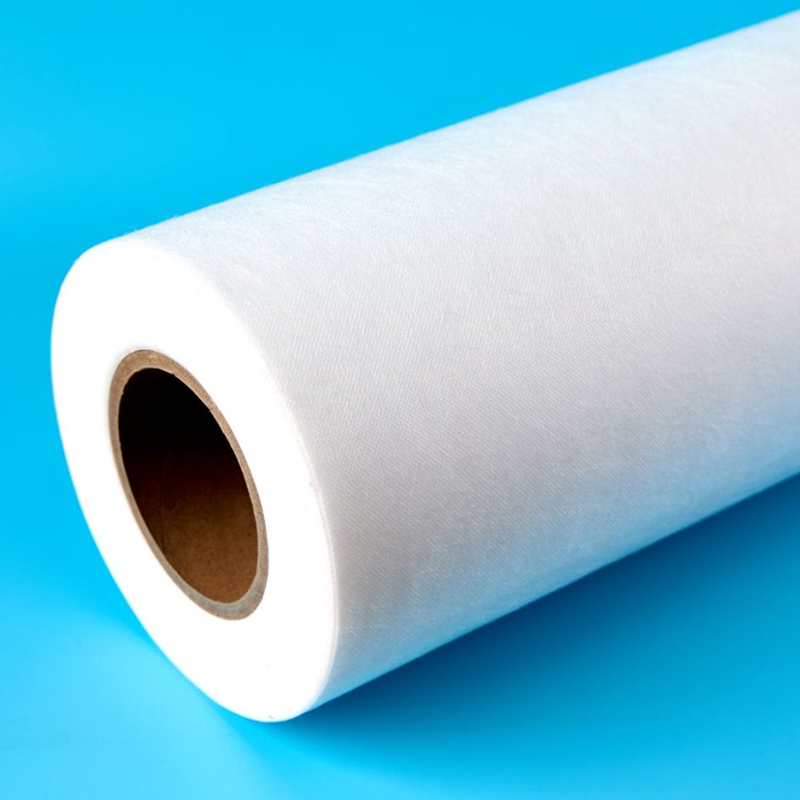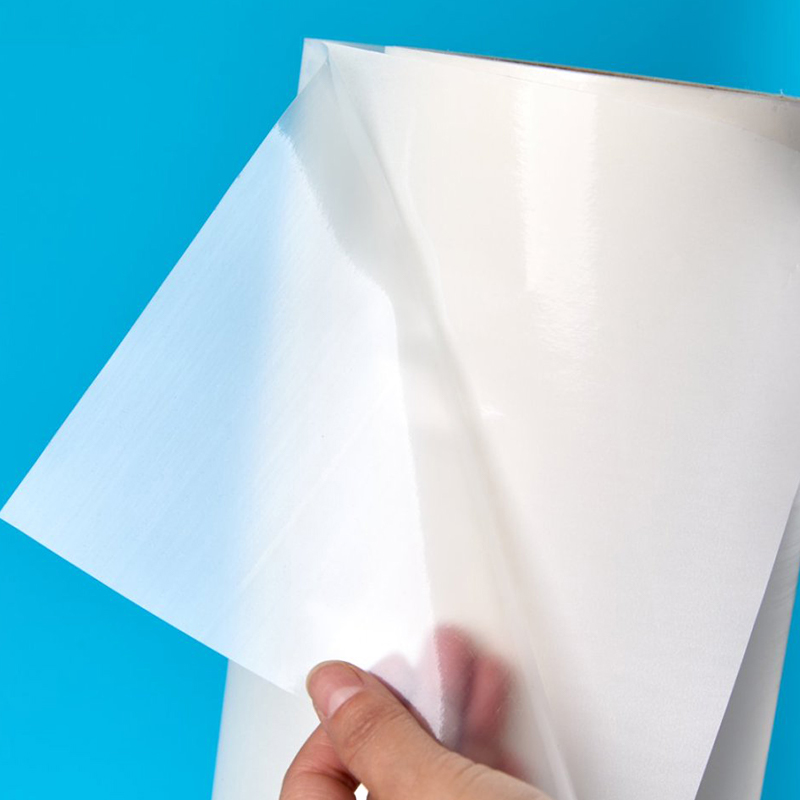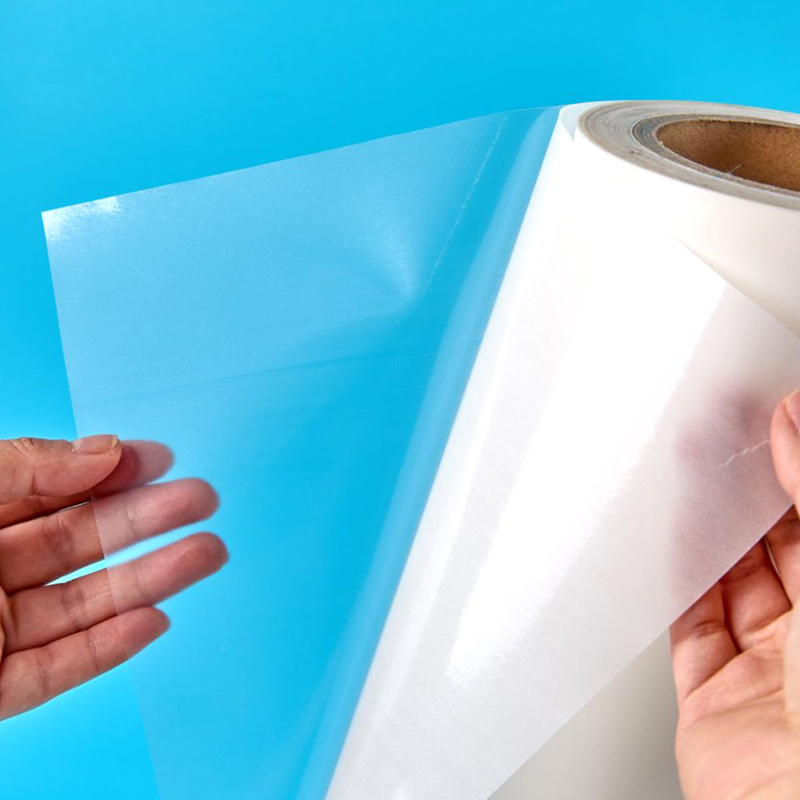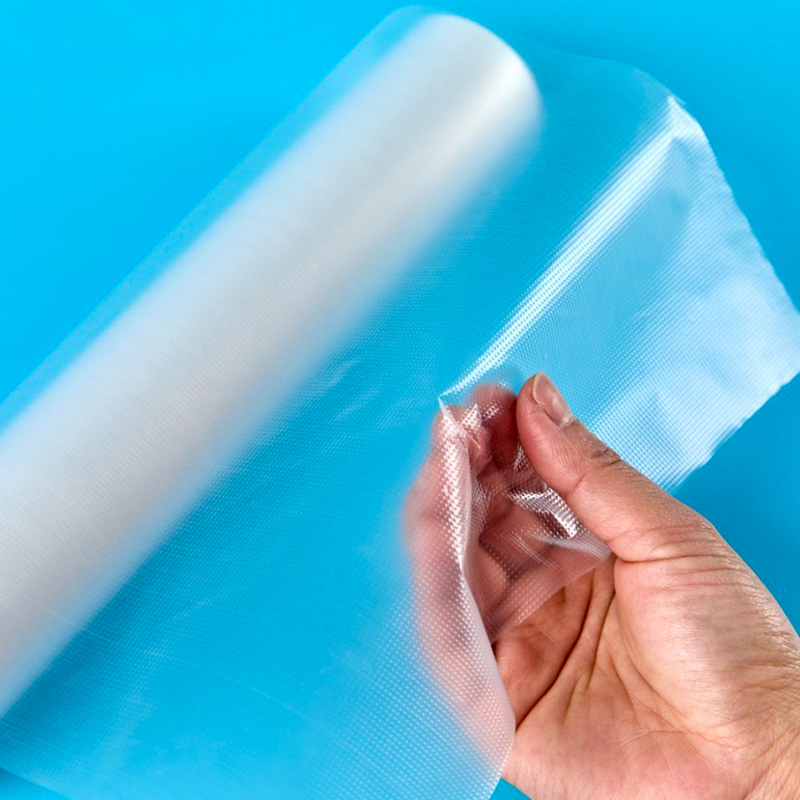Unveiling the Potential of Soluble Textiles
The textile industry is undergoing a significant transformation, driven by a global push towards sustainability and innovative material science. At the forefront of this change is cold water-soluble nonwoven fabric, a groundbreaking material that promises to redefine product life cycles and waste management. Unlike traditional textiles that persist in the environment for centuries, this specialized fabric is engineered to dissolve completely and safely in cold water, leaving behind no trace of microplastics or toxic residues. This unique property opens up a myriad of applications across diverse sectors, from healthcare to agriculture, offering a practical solution to the persistent problem of single-use product waste. This article delves deep into the world of this remarkable material, exploring its mechanics, benefits, applications, and its pivotal role in shaping a more sustainable future.
What is Cold Water-Soluble Nonwoven Fabric?
Cold water-soluble nonwoven fabric is a specialized engineered material designed to disintegrate and dissolve upon contact with cold water. It is produced using fibers made from polymers like polyvinyl alcohol (PVA) or other biodegradable derivatives, which are then bonded together using nonwoven manufacturing techniques such as spunlace or chemical bonding. The key to its functionality lies in the molecular structure of the polymer chains, which are readily broken down by water molecules at lower temperatures, typically below 25°C (77°F). This stands in stark contrast to standard nonwoven materials, such as those made from polypropylene, which are hydrophobic and designed for durability and longevity, often contributing to long-term environmental pollution.
The Science Behind the Dissolution
The dissolution process is a physical and chemical phenomenon. When the fabric is submerged in cold water, water molecules penetrate the amorphous regions of the polymer structure. This penetration causes the polymer chains to hydrate, swell, and gradually separate from each other. Eventually, the hydrogen bonds within the polymer and between the fibers are overcome, leading to a complete breakdown of the fabric's integrity. The result is a non-toxic, aqueous solution that can be safely processed in standard water treatment facilities. The rate of dissolution can be precisely controlled during manufacturing by adjusting factors such as the polymer's degree of hydrolysis, the fabric's thickness, and the specific bonding method used.
Comparing Soluble and Traditional Nonwovens
To fully appreciate the innovation, it is essential to compare cold water-soluble nonwovens with their traditional counterparts. The differences are profound and span across their fundamental properties and environmental impact.
For instance, traditional nonwoven fabrics, such as polypropylene spunbond, are prized for their strength and resistance to water, making them ideal for durable goods. In contrast, cold water-soluble variants are designed for temporary use, where their disintegration is a primary benefit. The following table illustrates the core differences:
| Property | Cold Water-Soluble Nonwoven | Traditional Polypropylene Nonwoven |
|---|---|---|
| Primary Material | Polyvinyl Alcohol (PVA) or other water-soluble polymers | Polypropylene (PP) or Polyester (PET) |
| Reaction to Water | Dissolves completely in cold water | Water-resistant or repellent |
| End-of-Life Scenario | Biodegrades quickly in aquatic environments; leaves no microplastics | Persists in landfills and oceans for hundreds of years; fragments into microplastics |
| Typical Applications | Single-use hygiene products, agro-textiles, packaging | Shopping bags, geotextiles, furniture lining |
| Carbon Footprint | Generally lower, especially if derived from bio-based sources | Higher, due to fossil fuel origin and persistence |
Key Advantages of Adopting Soluble Fabrics
The shift towards cold water-soluble nonwoven fabrics is motivated by a powerful combination of environmental and functional benefits that address some of the most pressing challenges of our time.
Environmental Impact and Sustainability
The most significant advantage is the positive environmental impact. In a world grappling with plastic pollution, a material that can simply "disappear" after use is revolutionary. These fabrics offer a viable pathway to a circular economy for single-use products.
- Waste Reduction: Products made from this material, such as dissoluble laundry bags for hospitals, eliminate the need for incineration or landfill disposal of contaminated waste. The entire product, bag and contents, can be processed directly in a washing machine, simplifying waste handling and reducing volume.
- Biodegradability: The dissolved polymer solution is readily broken down by microorganisms in water treatment plants or natural environments, unlike conventional plastics that fragment into harmful microplastics.
- Resource Efficiency: The production process often requires less energy compared to traditional synthetic textiles, and the potential for using bio-based raw materials further lowers the carbon footprint.
Practical and User-Centric Benefits
Beyond environmental stewardship, these fabrics offer tangible practical benefits that enhance user experience and operational efficiency in various industries.
- Convenience: The core functionality of dissolution provides unparalleled convenience. A prime example is the development of cold water soluble nonwoven packaging for detergents or agrochemicals. Users can drop the entire packet into water, eliminating the need to handle powders or liquids directly and ensuring precise dosage without mess.
- Hygiene and Safety: In medical and hygiene sectors, the ability to dissolve reduces the risk of cross-contamination. Contaminated items can be sealed in a soluble bag and placed directly into a washer-disinfector, minimizing staff exposure to pathogens.
- Versatility: The fabric's properties can be tuned for different dissolution times and strengths, making it suitable for a wide range of applications, from temporary embroidery backings to seed tapes.
Diverse Applications Across Industries
The unique properties of cold water-soluble nonwoven fabric have unlocked innovative applications across multiple sectors, demonstrating its versatility and transformative potential.
Revolutionizing the Medical and Hygiene Sector
This sector has been an early adopter, leveraging the material for its hygiene and waste management benefits.
- Dissoluble Laundry Bags for Hospitals: These bags are used to collect contaminated linens and garments. During the laundry cycle, the bag dissolves, releasing the contents for cleaning without staff having to touch or open the contaminated bag, thereby significantly enhancing infection control protocols.
- Single-Use Bed Linens and Garments: For highly infectious isolation wards, entire sets of bed linens and patient gowns can be made from soluble fabric. After use, they are disposed of by dissolving, ensuring complete containment and elimination of biohazardous waste.
When comparing these applications to traditional methods, the advantages in safety and efficiency are clear. Traditional methods involve handling and sorting contaminated linens, which carries a higher risk of exposure for healthcare workers. The soluble system streamlines this process into a single, contained step.
Innovations in Packaging and Agriculture
The principles of convenience and sustainability are being powerfully applied in packaging and agriculture, leading to the creation of novel products that challenge conventional practices.
Unit-Dose Packaging Solutions
The concept of cold water soluble nonwoven packaging is gaining traction. This application involves creating small, durable packets that contain a single dose of a product, such as dishwasher detergent, laundry pods, or fertilizer. The user places the entire packet into the machine or watering can, where it dissolves and releases its contents. This eliminates plastic packaging waste and improves dosing accuracy. The search for biodegradable nonwoven fabric for packaging is increasingly leading manufacturers to this cold-water soluble option as a superior alternative to compostable plastics, which often require industrial composting facilities.
Advanced Agro-Textiles
In agriculture, the fabric is used to create water soluble nonwoven fabric for agriculture applications. One prominent use is in the form of seed tapes or mats. Seeds are embedded within the fabric, which is then laid on the soil. When watered, the fabric dissolves, distributing the seeds evenly and providing a initial protective layer that retains moisture. This technique reduces seed waste, minimizes the need for thinning, and can be paired with nonwoven fabric with controlled dissolution rate to time the release of seeds with optimal germination conditions. Another application is as a dissolvable cover for fertilizer pellets, preventing dust and ensuring the fertilizer is only activated upon contact with soil moisture.
Navigating Challenges and Future Prospects
Despite its immense potential, the widespread adoption of cold water-soluble nonwoven fabric is not without challenges. Addressing these is crucial for its future growth.
Current Limitations
The primary limitation is its inherent sensitivity to moisture, which demands careful handling and storage in controlled, dry environments to prevent premature dissolution. Furthermore, the current cost of raw materials, particularly high-grade PVA, is higher than that of conventional plastics, making the end-products more expensive. There is also a need for greater public and industrial awareness about the proper disposal methods to ensure the material ends up in the correct water-based waste stream.
The Road Ahead: Research and Development
The future of this material is bright, with ongoing research focused on overcoming its current limitations. Key areas of development include:
- Material Science: Scientists are working on developing new bio-based polymers and blends that are less sensitive to atmospheric humidity while maintaining their cold-water solubility, thereby improving shelf-life and handling.
- Cost Reduction: As production scales up and manufacturing processes become more efficient, the cost differential with traditional plastics is expected to narrow significantly.
- Application Expansion: Research is exploring its use in more complex areas, such as in smart drug delivery systems within the body or as a component in temporary construction films.
The journey of cold water-soluble nonwoven fabric is just beginning. As technology advances and the global commitment to sustainability deepens, this innovative material is poised to move from a niche solution to a mainstream staple, playing a critical role in cleaning up our planet and paving the way for a truly circular economy in the textile and packaging industries.

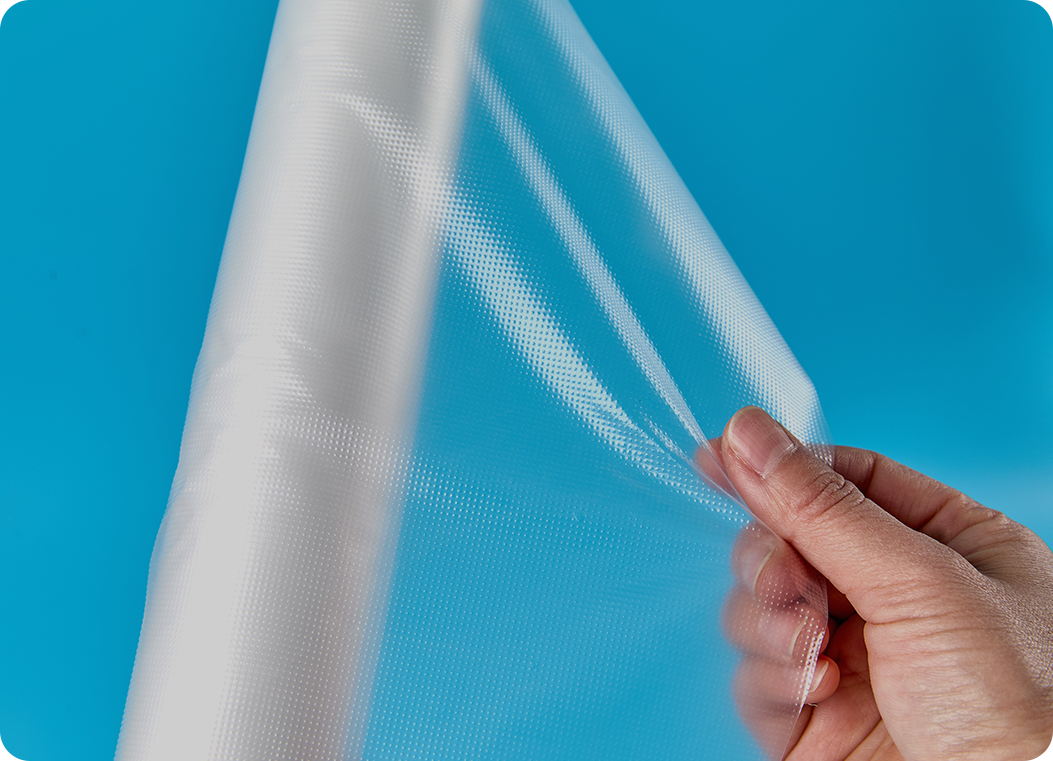
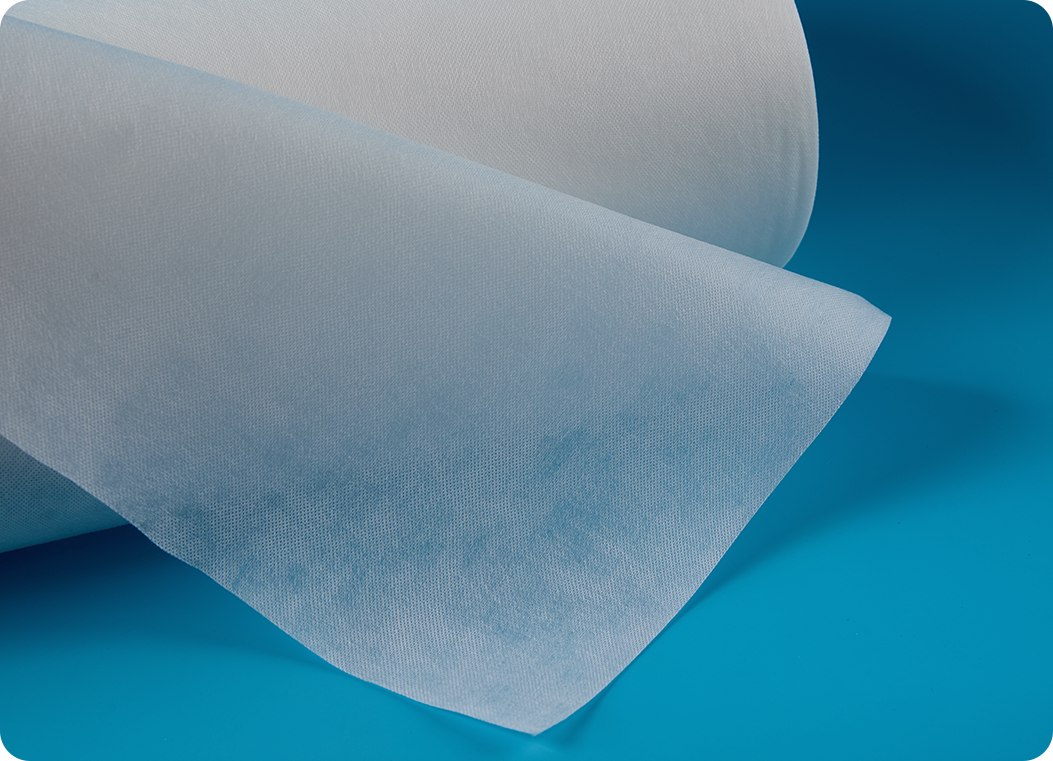
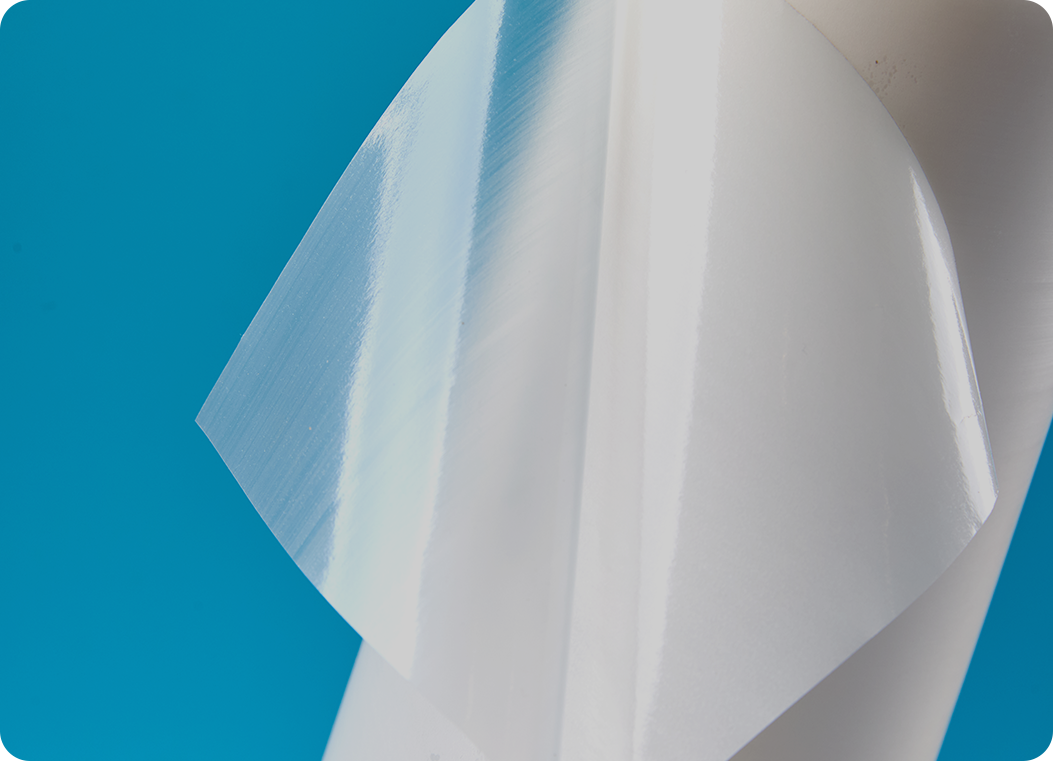
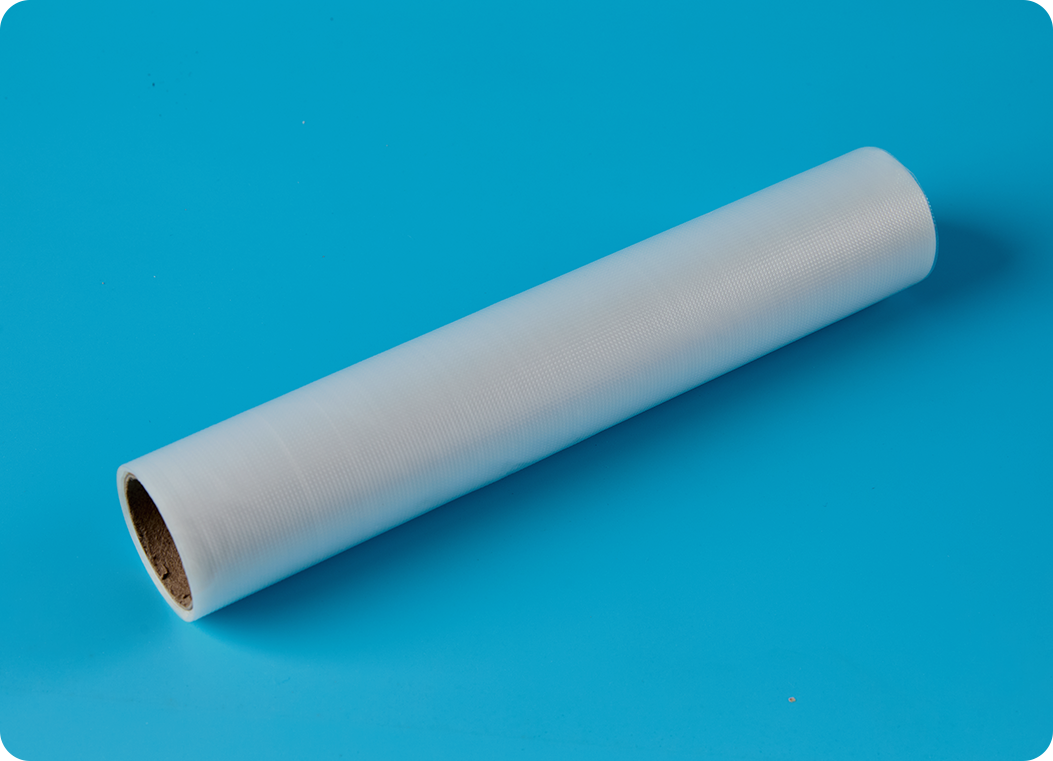
 English
English 中文简体
中文简体 Türk
Türk